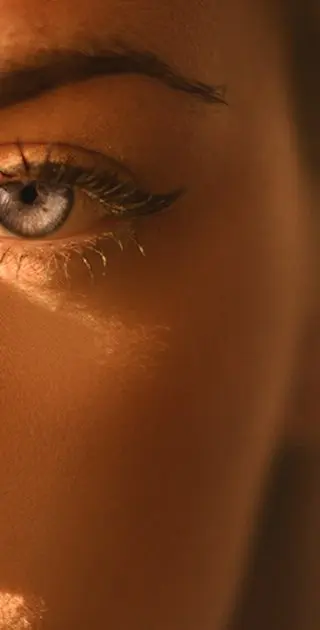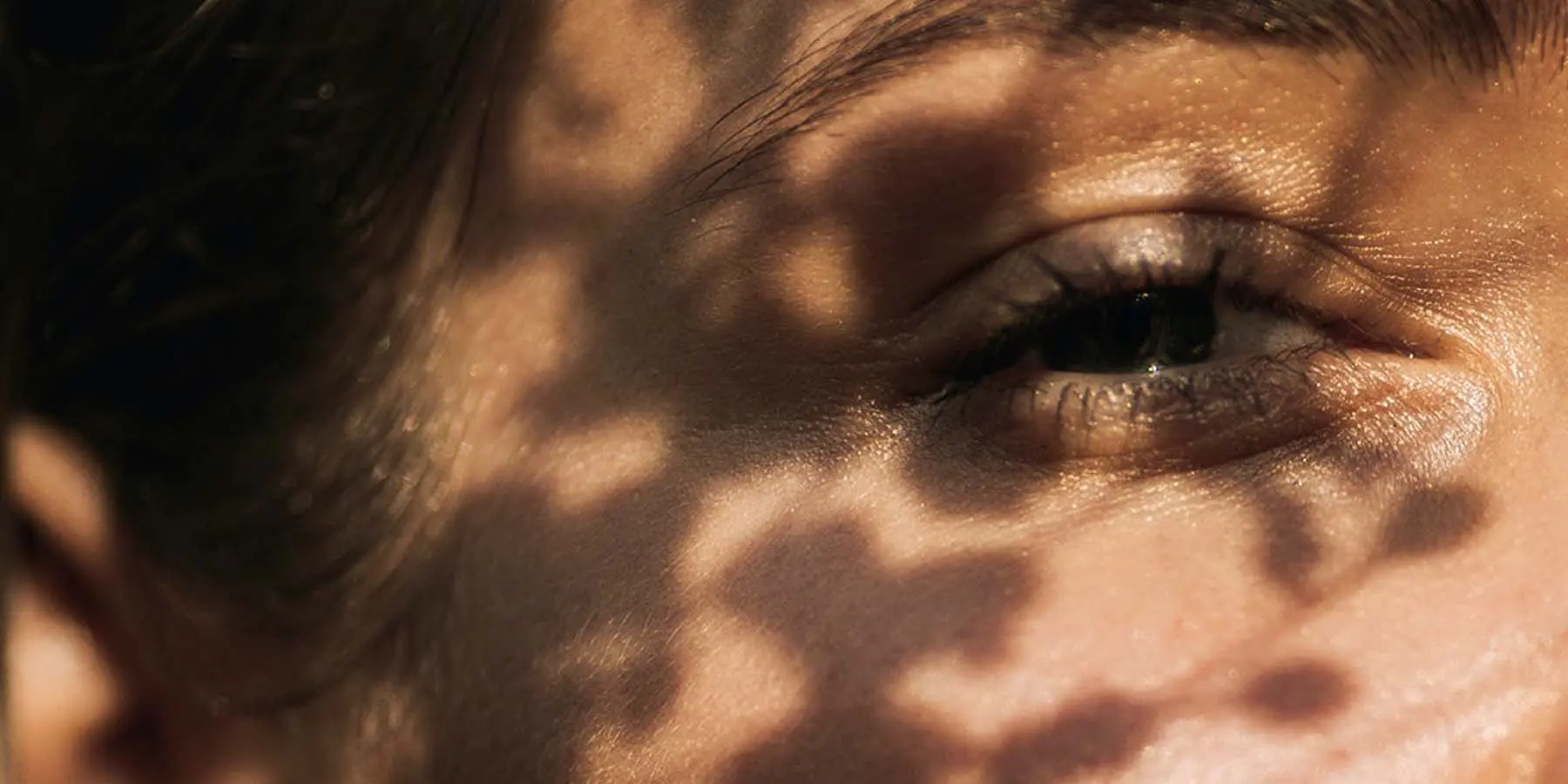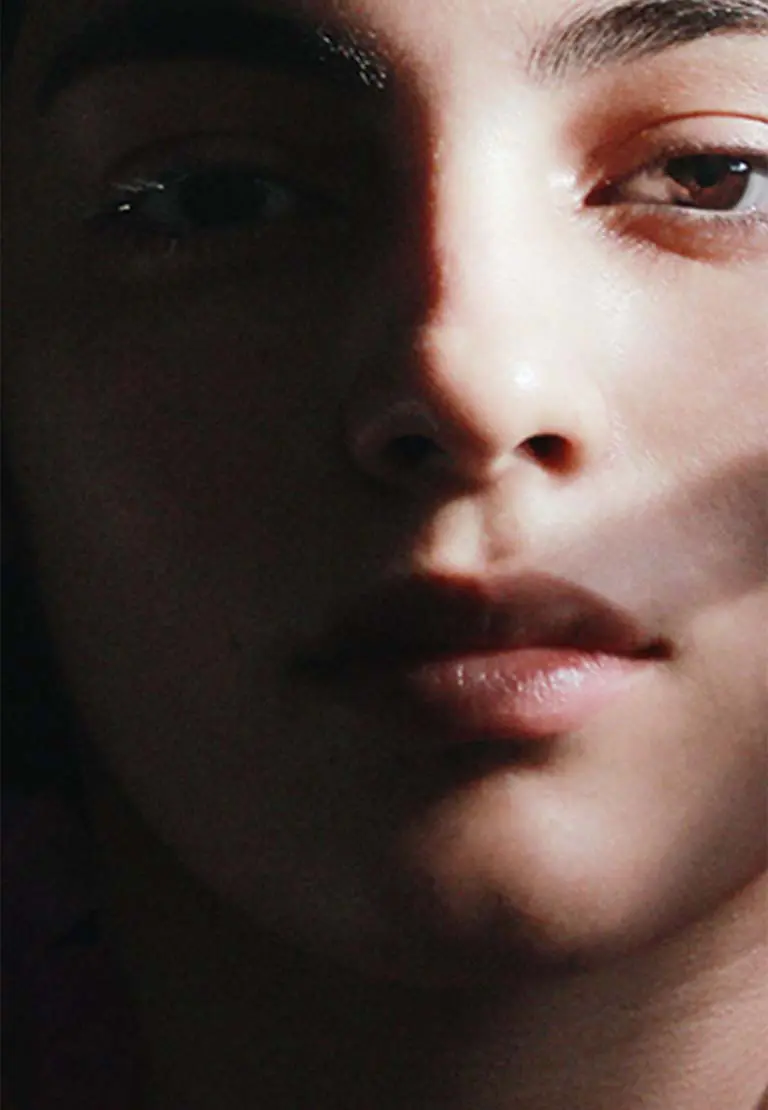




The risk of serious complications arising from cataract surgery is considered to be very low. Ultimately, the skill and experience of Laser Vision ophthalmologists is a pivotal factor in ensuring that your surgery is handled safely. Thankfully, the majority of complications resulting from surgery can be remedied through eye drops or in some cases, additional surgery. The clinical team at Laser Vision consists of a multi-faceted team of ophthalmologists who collectively specialise in all aspects of the human eye. This means all complications from surgery will be within the remit of our team.
What are the Symptoms?
What are the Causes?
Cystoid macular oedema: Ocular surgery can cause a release of inflammatory mediators. This can result in the build-up of fluid at the macula which is located in the retina at the back of the eye. The retina is commonly referred to as becoming ‘water-logged’
Inflammation: Inflammation is a natural response of our body to surgery; however in some cases the inflammatory response can be quite strong. It is often observed that patients under the age of 50 produce a stronger inflammatory response
Infection: Infection is very uncommon due to modern surgical standards. In fact, Endophthalmitis (a significant ocular infection) develops in less than 1 in 500 operated eyes. Greater risk is posed by the staphylococcal bacteria which can be found on the eyelids of patients with Blepharitis.
Posterior capsule rupture: During cataract surgery, an opening is formed in the anterior lens capsule in order to allow the surgeon access to the heart of the cataract. This process is delicate and the thin capsule can break. Risk factors include deep set eyes, high myopia and narrow palpebral fissures
Lens decentration/ subluxation/ dislocation: These complications refer to the implanted lens moving from its original position and is largely related to the structural integrity of the capsular bag which holds the lens in position. Surgery itself can compromise the stability of this bag however clinical studies show us that connective tissue disorders such as pseudoexfoliation syndrome raise the risk significantly.
Retinal detachment: A largely uncommon, delayed complication from surgery. Retinal detachment post-surgery is more common in highly short-sighted (myopic) eyes
Refractive surprise: There is a small degree of uncertainty when a synthetic intraocular lens is implanted into the biological system of the eye. Under or over-correction can result in blurred vision and an unwanted visual outcome increasing a patient’s dependency on spectacles.
Posterior capsular opacification: During cataract surgery, a circular opening is made in the front facing capsule of the lens in order to remove the nucleus. The new intraocular lens is injected through this opening and is held in a secure position by the remaining capsule. In time, this capsule will shrink and wrap itself closely to the lens. Living cells in the capsule can form a new sheet of cells that frost the back surface of the lens. This is called posterior capsular opacification (PCO)


What is the Diagnosis?
Cystoid macula oedema: Your doctor will prescribe a course of drops to reduce the water-logging at the back of the eye. These drops are typically NSAIDs or non-steroidal anti-inflammatory drugs such as Acular. Macula oedema responds well to this treatment and your doctor will be able to monitor your improvements using Optical Coherence Tomography (OCT) images. The large majority of patients recovery fully and are left with excellent vision
Inflammation: Your doctor will prescribe a course of drops which will either be steroidal or NSAIDs (non-steroidal anti-inflammatory drugs). Your dose will be tapered over a number of weeks to allow the inflammation to settle without recurring
Infection: Using proprietary sterile wipes OR a diluted baby shampoo to clean the eyelid margin can reduce the bacterial flora and reduce the risk of infection. In the rare event of infection post-surgery, your doctor will prescribe a course of antibiotic drops and in some cases, may swab the eye to identify the causative microorganism
Posterior capsule rupture: Our Laser Vision ophthalmologists have a collective surgical experience of over a century and hold lead positions in NHS hospitals where they perform cataract surgeries routinely. Clinical experience greatly reduces the risk of capsule rupture and in any such event, our team has the expertise to remedy the situation. It is commonplace for the clinician to change the type of implant to a three piece IOL or AC IOL; and in some cases removal of the vitreous gel behind the lens may be required.
Lens decentration/ subluxation/ dislocation:: There are a large number of treatment options available depending on the nature of the lens movement. Minimally shifted implants with little to no visual impact may simply be monitored. Where the lens has moved significantly and the patient is symptomatic, the lens can be repositioned and secured with a suture or the lens can be exchanged for another and positioned in a different segment of the eye where it can rest more securely. On occasion, it may be necessary to remove the vitreous gel behind the lens
Retinal detachment: In the rare event of a retinal detachment, vitreo-retinal surgeon Lavnish Joshi can consult on the case and treat usually minimally invasive techniques which render quicker recovery
Refractive surprise: Surface laser surgery including LASIK and LASEK can be performed to accurately fine tune any under or over-correction post-surgery. A patient’s prescription is monitored for a number of weeks after cataract surgery to ensure it is stable; before using the latest Schwind Amaris 1050 RS to provide the level of vision required
Posterior capsular opacification: Nd-Yag laser capsulotomy is the established method of treatment for Posterior Capsule Opacification (PCO). Your doctor will use low-energy pulses of laser to vaporise the layer of cells that are causing the lens to be clouded. Patients often report that their vision is immediately brighter


Our Technology
We invest in the latest equipment hand chosen by our surgeons, so that we can deliver outstanding results with the safest surgery possible.